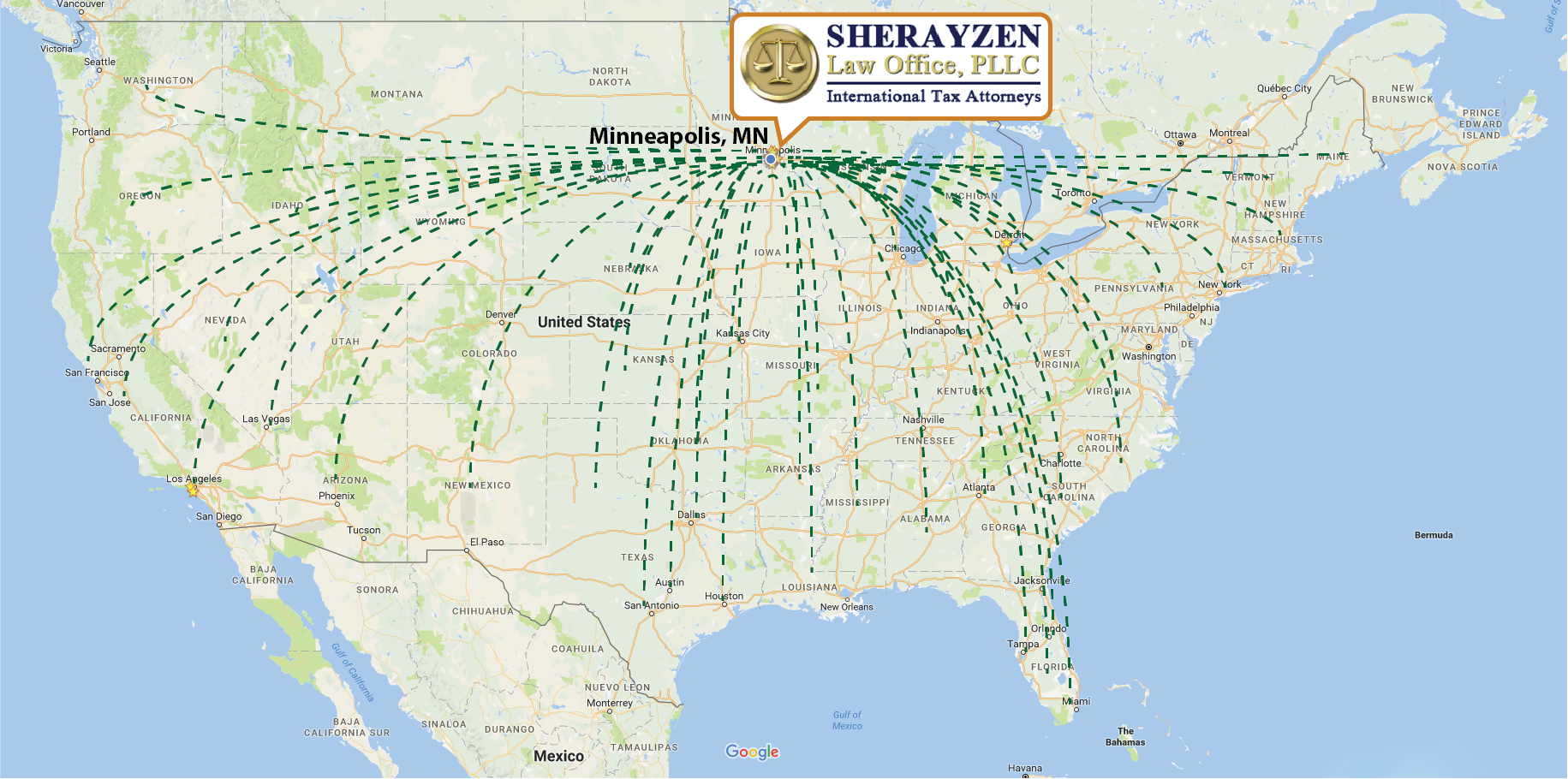Certification of Non-Willfulness: Required Length | Streamlined Domestic Offshore Procedures Lawyer
Hello, and welcome to Sherayzen Law Office video Blog. My name is Eugene Sherayzen and I’m an international tax attorney and owner of Sherayzen Law Office, Ltd.
Today, we’re continuing our series of blogs from Beverly Hills, California. I’d like to go back to the issue that I’ve already touched upon in a previous blog; that is, the certification of non-willfulness. I mentioned and described, to a certain degree the attachment that must go with your Form 14654 or Form 14653: the certification of non-willfulness for SDOP and certification of non-willfulness for SFOP respectively.
What I’d like to talk to you about today is how extensive this attachment needs to be. I’ve seen non-willfulness statements that are only a few pages long or sometimes only a few paragraphs long. Neither will likely prove satisfactory. Maybe, if the case is very simple, sometimes you can fit it into a few pages, though, I doubt it.
In my experience, to properly state the case for non-willfulness and state it to the degree that it would satisfy the IRS; one cannot be stingy with facts and with arguments. The bigger your non-willfulness statement, the more direct, the more forthcoming, the more detailed it is along with the sequence of events that makes logical sense, the better off you are. The stronger your argument of non-willfulness will be, the more likely that looking at a statement like this, the IRS is not going to audit your Offshore Voluntary Disclosure.
That is: a good non-willfulness statement is the key to reducing your potential audit exposure in the Voluntary Disclosure.
If you would like to learn more about SDOP or SFOP, please call me at (952) 500-8159 or you can email me at [email protected].
Thank you for watching, until the next time.



